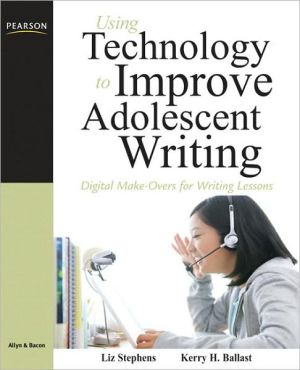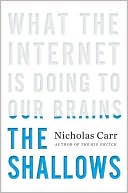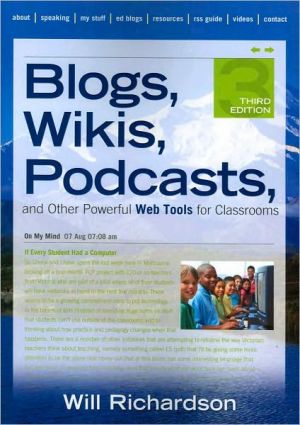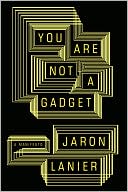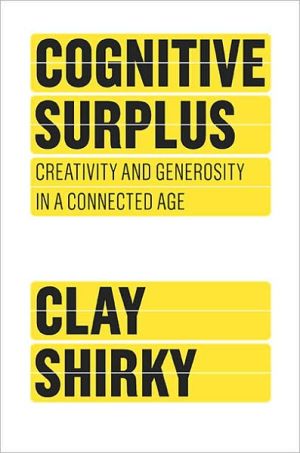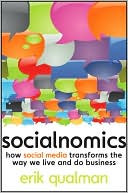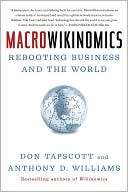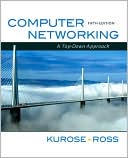Using Technology to Improve Adolescent Writing: Digital Make-Overs for Writing Lessons
Liz Stephens and Kerry Ballast\ Using Technology to Improve Adolescent Writing:\ Digital Make-Overs for Writing Lessons\ Are you a middle or high school teacher who would like to captivate the interest of your adolescents?\ Then Using Technology to Improve Adolescent Writing is your answer! In this new book, Liz Stephens and Kerry Ballast guide teachers in successfully implementing technology for writing across the curriculum while helping adolescents develop life-long writing skills. In...
Search in google:
LIz Stephens and Kerry Ballast Using Technology to Improve Adolescent Writing: Digital Make-Overs for Writing Lessons Are you a middle or high school teacher who would like to captivate the interest of your adolescents? Then Using Technology to Improve Adolescent Writing is your answer! In this new book, Liz Stephens and Kerry Ballast guide teachers in successfully implementing technology for writing across the curriculum while helping adolescents develop life-long writing skills. In their book, the authors outline four frames of writing: inside, responsive, purposeful, and social action. The student-centered, inquiry-based model connects real-world online writing with content area standards in reading and writing to help teachers teach every student to write in and out of school. “The material covered in the text is accurate and reflects current thinking and appropriate research in the field.” -Dr. Heather E. Bruce, U. Montana, Department of English Language Arts, Missoula, MT “It is easy to read and understand, practical and usable. There is a glossary, bibliographical information and references, discussion questions and acronym information in each chapter. I will not only use these examples but be happy to recommend this publication to my colleagues on all levels of teaching. How refreshing” -Dianne Tkach,Adjunct Professor, U. Vermont, Department of Continuing Education, Burlington, VT Liz Campbell Stephens teaches graduate courses in Educational Technology and is Director of the Office of Educator Preparation at Texas State University-San Marcos. She serves on the National Writing Project's Boardof Directors and was Director of the Central Texas Writing Project for 11 years. She co-authored Technology, Reading, and Language Arts and has written numerous chapters and papers on technology and literacy. Liz is former high school English teacher and brings that experience to her work as a teacher educator, federal programs director, and consultant. Her research has centered on literacy, technology, and teacher education. Kerry Ballast is a Teacher Consultant for the Central Texas Writing Project and a secondary English language arts teacher with 14 years classroom experience. She has worked with students in grades 6-12 to explore various forms of writing, both traditional and digital.
Foreword Gail E. Hawisher viiPreface xiiiChapter 1 Writing in a Digital Age 1Purpose for This Book 4Who Are Digital Natives? 5What about the Digital Divide? 10Frames Rather Than Stages in the Process 12Emphasis on Web 2.0 15What Is a Digital Make-Over of a Lesson? 19How to Read This Book 20Discussion Questions 23References 23Chapter 2 Inside Writing 25Chapter Preview 26What is Inside Writing? 27How Does Constructivist Learning Theory Fit in Inside Writing? 29What Is a Good Inside Writing Lesson? 32Know, Want to Know, Learned (KWL) Lesson Plan 33How Is a Good Inside Writing Lesson Made Better? 35Exploring and Investigating Digitally 36What Is a Good Digital Version of an Inside Writing Lesson? 37KWL Lesson Plan-The ReMake 38How Do We Know That Anna Is Learning? 42Chapter Summary 45Inside Writing Practice in Science, Math, and English Language Arts 46Discussion Questions 49References 49Chapter 3 Responsive Writing 51Chapter Preview 52What Is Responsive Writing? 53How Does a Collaborative Environment Philosophy Fit in Responsive Writing? 56What Is a Good Responsive Writing Lesson? 59Group Mapping Activity (GMA) Lesson Plan 61How Is a Good Responsive Writing Lesson Made Better? 63Collaborating in a Digital Way 64What Is a Good Digital Version of a Responsive Writing Lesson? 65GMA Lesson Plan-The ReMake 66How Do We Know That Tomas Is Learning? 70Chapter Summary 73Responsive Writing Practice in Social Studies, Math, and English Language Arts 74Discussion Questions 76References 76Chapter 4 Purposeful Writing 79Chapter Preview 80What is Purposeful Writing?81How Does Information Processing Fit in Purposeful Writing? 84What Is a Good Purposeful Writing Lesson? 87Vocabulary Self-Collection Strategy (VSS) Lesson Plan 89How Is a Good Purposeful Writing Lesson Plan Made Better? 91Using Digital Forms of Data Gathering and Statistical Analysis 92What Is a Good Digital Version of a Purposeful Writing Lesson? 93VSS Lesson Plan-The ReMake 94How Do We Know That Scott Is Learning? 98Chapter Summary 101Purposeful Writing Practice in Social Studies, Science, and English Language Arts 102Discussion Questions 105References 105Chapter 5 Social Action Writing 107Chapter Preview 108What Is Social Action Writing? 109How Does Critical Theory Fit in Social Action Writing? 111What is a Good Social Action Writing Lesson? 114Literature Circles Lesson Plan 117How Is a Good Social Action Writing Lesson Made Better? 119Making a Difference in a Digital Way 120What Is a Good Digital Version of a Social Action Writing Lesson? 121Literature Circles Lesson Plan-The ReMake 122How Do We Know That Emma Is Learning? 126Chapter Summary 130Social Action Writing Practice in Social Studies, Science, and Math 130Discussion Questions 133References 133Chapter 6 Ten of Tens 135Ten Quick Ways to Change One Part of a Lesson or Unit Plan 136Ten Examples of 21st Century Teaching 137Ten Terms Every Teacher Should Know 138Ten People to Google 138Ten Professional Organizations to Explore (and Join) 139Ten Books to Read 139Ten Websites to Bookmark 140Ten Free Online Tools 141Ten Journals or Magazines to Review Frequently 141Ten Informal Classroom Investigations You Can Do 142Index 144
